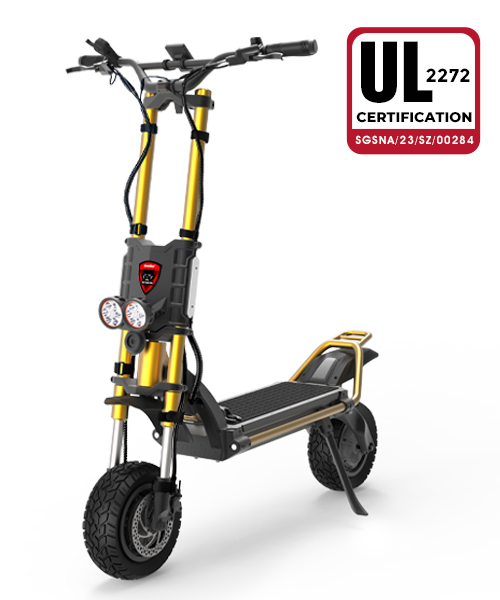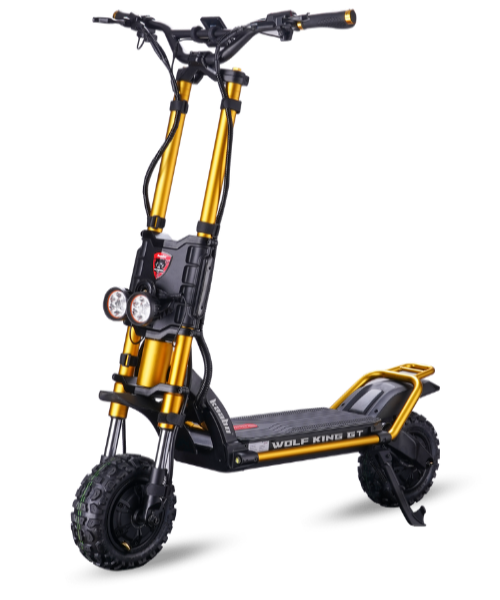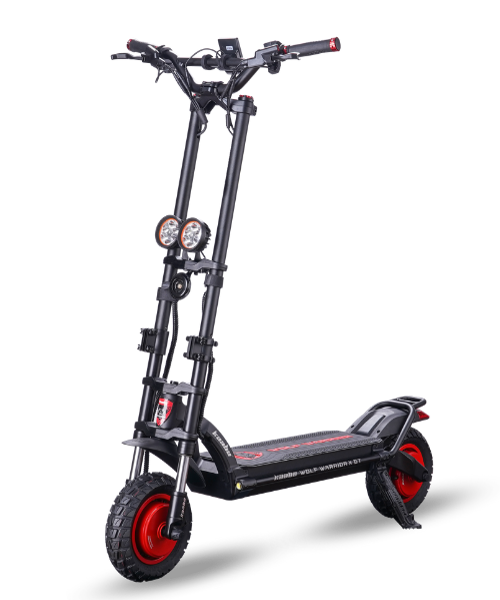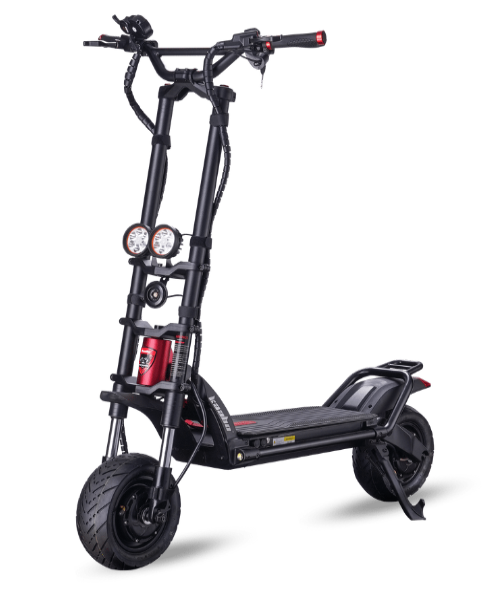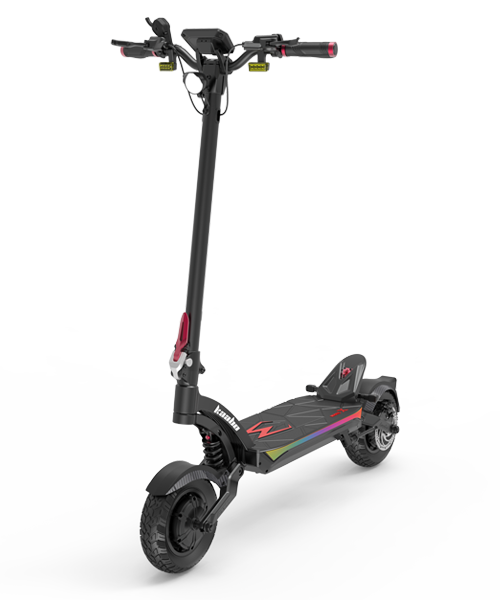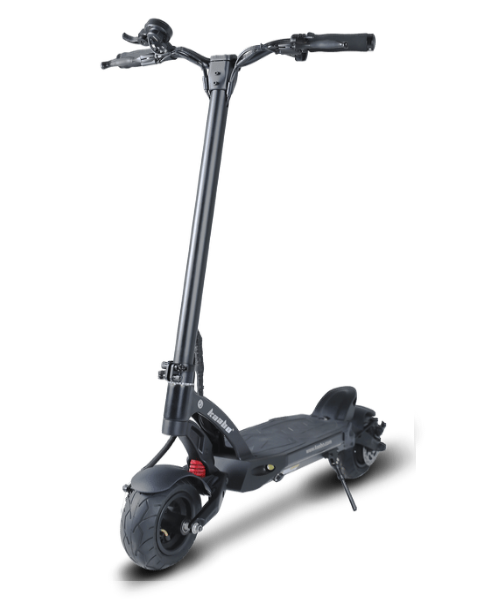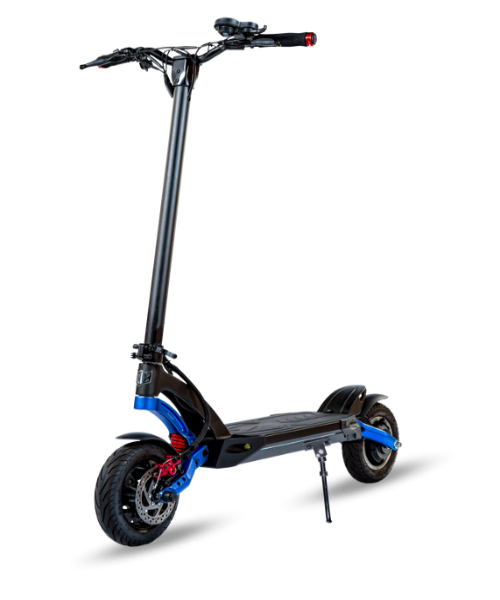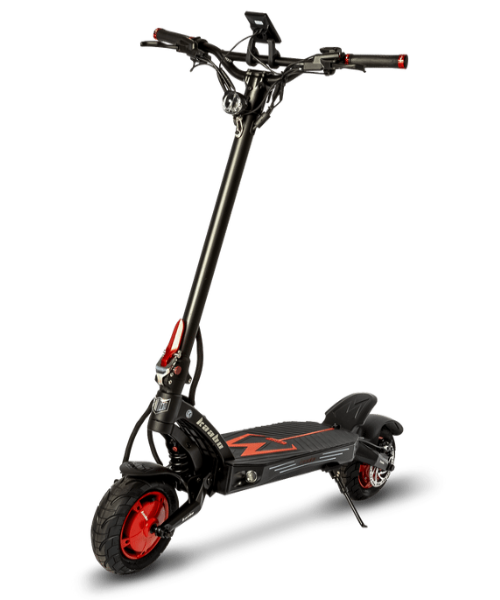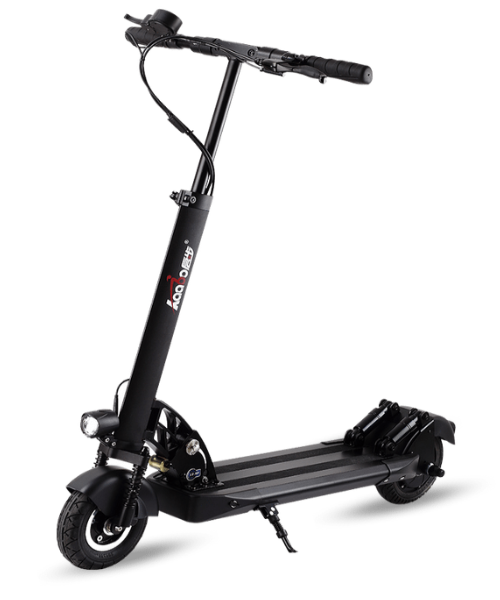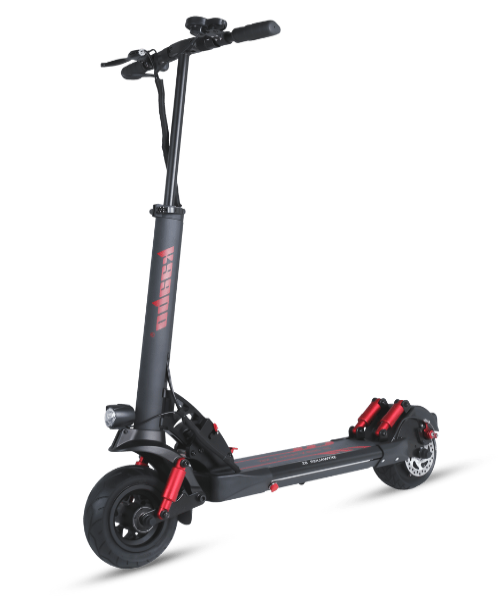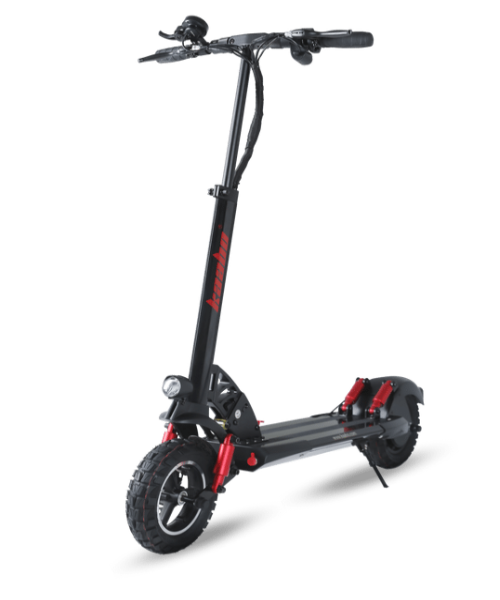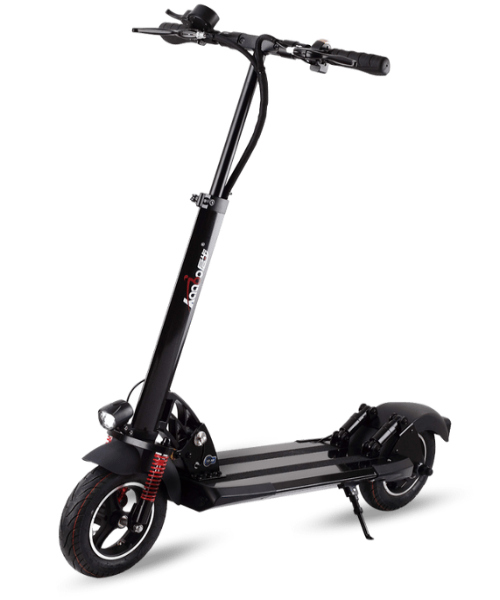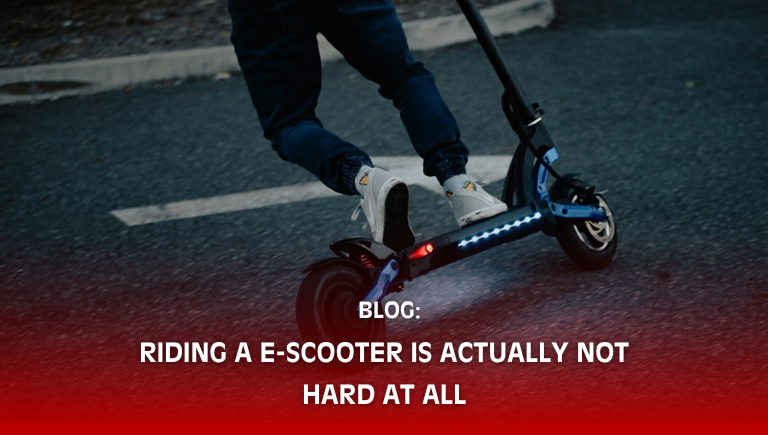
Introduction
In recent years, electric scooters, or E-Scooter Riding Tips, have taken the world by storm. These compact, eco-friendly vehicles have become a popular mode of transportation for urban dwellers and tourists alike. If you’ve been hesitant to try riding an e-scooter, you’re not alone. Many people think it’s a challenging task. However, in reality, riding an e-scooter is not as difficult as it may seem. In this article, we’ll break down the process step by step and provide you with the confidence you need to hop on and ride with ease.
Getting Started
1. Choosing the Right E-Scooter
Selecting the perfect e-scooter is your first step towards a smooth and enjoyable ride. Consider the following factors:
- Size: E-scooters come in various sizes. Smaller scooters are more portable, while larger ones may provide added stability. Think about your storage space and transportation needs when choosing the size.
- Weight: The weight of an e-scooter impacts its portability. Lighter scooters are easier to carry, while heavier ones tend to offer more features. Find a balance that suits your lifestyle.
- Battery Life: The battery life determines how far you can travel on a single charge. Consider your daily commuting distance to choose an e-scooter with an appropriate battery range.
- Speed: Different e-scooters have varying maximum speeds. Make sure to select one that aligns with your comfort level and local speed limits.
2. Safety Gear
Safety is paramount when riding an e-scooter. Equip yourself with the right gear to protect against potential mishaps:
- Helmet: Invest in a high-quality helmet to safeguard your head in case of accidents. Look for helmets that meet safety standards.
- Knee and Elbow Pads: These protective pads shield your joints from injury in the event of a fall.
- Gloves: Gloves provide a better grip on the handlebars and protect your hands during sudden stops or falls.
Wearing the appropriate safety gear not only ensures your physical well-being but also boosts your confidence as you embark on your e-scooter journey.

Basic Handling
3. Mounting and Dismounting
Mounting and dismounting your e-scooter gracefully takes a bit of practice:
- To mount, place one foot on the deck and give a gentle push with your other foot.
- To dismount, slow down and step off the scooter with one foot to come to a stop.
Repeating these steps in a controlled environment will help you gain confidence.
4. Balancing Act
Balancing on an e-scooter might seem intimidating initially, but it becomes second nature with practice:
- Keep your knees slightly bent to maintain flexibility and balance.
- Center your weight over the scooter.
- Relax and trust the scooter’s stability.
With time, balancing will become effortless, allowing you to ride smoothly.
Accelerating and Braking
5. Accelerating Smoothly
To accelerate smoothly:
- Gradually twist the throttle to increase speed.
- Avoid sudden, jerky movements.
- Increase your speed as you become more comfortable with your e-scooter.
6. Braking Safely
Safe braking is as crucial as acceleration:
- Slowly release the throttle when you want to slow down.
- Gently squeeze the brakes to come to a stop.
- Practice braking in a controlled environment to master this skill.
Continued practice will ensure you become adept at controlling your e-scooter’s speed.
Navigating Turns
7. Making Sharp Turns
Mastering sharp turns requires practice and finesse:
- Lean your body in the direction you want to turn.
- Keep your feet firmly planted on the deck.
- Practice turning in an open area until you feel confident.
8. Steering Around Obstacles
Avoiding obstacles is a vital skill for any e-scooter rider:
- Keep your eyes on the path ahead.
- Make subtle adjustments to your steering to maneuver around obstacles.
- Practice swerving and turning to become more agile in your movements.

Riding in Traffic
9. Following Traffic Rules
If you plan to ride your e-scooter in traffic, adhering to traffic rules and regulations is non-negotiable:
- Obey traffic lights and signals.
- Yield the right of way when necessary.
- Familiarize yourself with local traffic laws before venturing onto busy roads.
10. Staying Aware
Staying vigilant is key to your safety in traffic:
- Be aware of your surroundings, including other vehicles, pedestrians, and potential hazards.
- Anticipate the movements of other road users.
- Practice defensive riding to minimize risks and stay safe.
Maintaining Your E-Scooter
11. Regular Maintenance
To ensure your e-scooter’s longevity and safety, regular maintenance is essential:
- Check the condition of your tires for wear and proper inflation.
- Inspect the brakes to ensure they function correctly.
- Examine electrical components for any issues.
Routine maintenance guarantees a smooth and safe riding experience.
12. Battery Care
Properly maintaining your e-scooter’s battery ensures it serves you well:
- Charge the battery according to the manufacturer’s recommendations.
- Avoid overcharging, which can shorten the battery’s lifespan.
- Keep the battery clean and free of debris.
Taking care of your e-scooter’s battery is essential for its overall performance.
With these detailed guidelines, you’ll be better prepared to embark on your e-scooter journey with confidence and safety in mind. Remember, practice makes perfect, so take the time to hone your skills and enjoy the ride!

Conclusion
In conclusion, riding an e-scooter, though it may appear challenging at first, is an attainable skill that anyone can master. As you’ve delved into the intricacies of e-scooter riding in this article, it’s evident that the key lies in a blend of preparation, practice, and vigilance. Let’s recap some essential takeaways:
Choosing the Right E-Scooter:
Your journey begins with selecting an e-scooter that suits your needs and skill level. Be it a compact and portable option or a larger, feature-rich scooter, the choice is yours. Pay attention to battery life and speed to ensure it aligns with your intended usage.
Safety Gear:
Safety is non-negotiable. Protecting your head with a quality helmet, safeguarding your joints with knee and elbow pads, and ensuring a firm grip with gloves are all indispensable. This gear doesn’t just provide protection; it instills the confidence to take on the streets.
Basic Handling:
The fundamentals of mounting, dismounting, and maintaining balance might seem daunting, but with practice, you’ll find your balance effortlessly. These skills serve as the foundation of your journey.
Accelerating and Braking:
Smooth acceleration and safe braking are fundamental to an enjoyable e-scooter experience. Gradual throttle control and gentle braking maneuvers will become second nature with practice.
Navigating Turns:
Mastering turns, both sharp and gradual, allows you to navigate various terrains and obstacles with ease. The key is to practice in open spaces until your confidence soars.
Riding in Traffic:
When venturing into traffic, adhere to all traffic rules and regulations, obey traffic signals, and respect the right of way. This ensures a harmonious coexistence with other road users.
Battery Care:
Properly caring for your e-scooter’s battery is a vital aspect of ownership. Follow manufacturer recommendations for charging, avoid overcharging, and keep the battery clean for optimal performance.
So, don’t hesitate to grab the handlebars, don your safety gear, and embark on your e-scooter adventure. It’s a journey filled with freedom, eco-friendliness, and a touch of excitement. And, as you navigate the streets with the wind in your hair, remember these guidelines, stay safe, and embrace the wonderful world of e-scooting.
FAQs
1. Are e-scooters suitable for beginners?
Absolutely! Many e-scooters are designed with beginners in mind, and with practice, anyone can become proficient.
2. How fast can e-scooters go?
The speed of e-scooters varies, but most can reach speeds of 15 to 20 mph (24 to 32 km/h).
3. Can I ride an e-scooter on the sidewalk?
It’s essential to check your local regulations, but in many places, riding e-scooters on sidewalks is prohibited.
4. Are e-scooters eco-friendly?
Yes, e-scooters are eco-friendly as they produce no emissions and reduce the reliance on gas-powered vehicles.
5. Do I need a license to ride an e-scooter?
Licensing requirements for e-scooters vary by location, so it’s best to check with your local authorities to be sure.
More Blogs:








































































